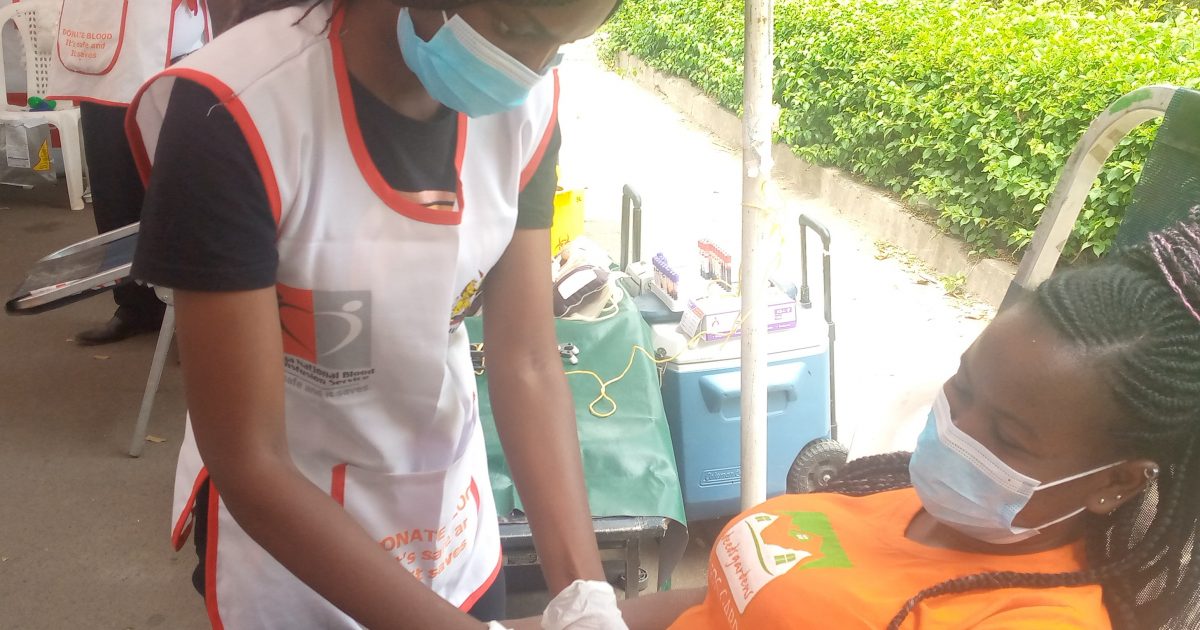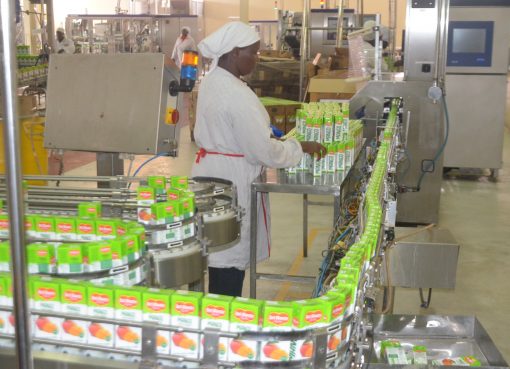Kenya’s annual demand of blood stands at 500,000 units against the average 175,000 units collected by the Kenya National Blood Transfusion Services (KNBTS).
According to Quality and Safety manager at the Rift Valley Regional Blood Transfusion Centre Dr Sammy Kihara if half of eligible citizens turned up for blood donation the country would have in excess of 10 million pints available for storage.
“In a country of 47.5 million people, we can assume that half – 23.8 million – are eligible. Those that are aged between 16 and 65 years and weigh more than 50kgs need to donate at least one pint of blood each per year. And even if we only reduced that to a quarter of the total Kenyan population, KNBTS would collect at least five million pints,” he said.
KNBTS is exclusively tasked by the government to regularly collect, test, match and distribute blood and blood products – at no cost to patients.
Kihara was speaking during the first drive at Maasai Market in Nakuru after the government allowed blood donation drives to plug the shortage of blood in hospitals around the country.
The drives, which were put on hold in 2020 during the Covid-19 outbreak, resumed last year but were again put on hold following the surge in infections.
This week, Nakuru County Government is partnering with Nakuru Sports Club and the Kenya Red Cross Society to launch the first blood donation drive this year.
Kihara noted that with the rise of non-communicable diseases like cancer, the need for blood products was sharply increasing since management of cancer requires huge volumes of blood and blood products.
“Every 10 minutes about seven Kenyans need blood transfusions and are at risk of dying if it is not available, this means that every month, at least 30,000 people require blood transfusions.
Kenya is facing a shortage of blood supplies in our hospitals, relatives and friends of patients are increasingly having to put out calls for people to donate, some have had to make frantic appeals on social media to save lives,” added Kihara.
He observed that most Kenyans do not donate blood due to misleading myths associated with the exercise.
“We do not test donors’ blood HIV status, we only test donor’s HB (amount of blood) and BP (pressure) to ensure that one is fit to donate. One will need no special diet after donating blood and only 1 pint (450ml) of blood is donated,” explained the doctor.
“We will still continue until next week, we hope more people will show up,” he said.
According to the World Health Organisation (WHO), young Kenyans in school are the main blood donors and are non-remunerated. “Young people form a large sector of the population in many societies and are generally full of idealism, enthusiasm and creativity,” WHO said.
The closure of schools during the Covid-19 pandemic meant that pupils and students could not be relied upon to donate blood in 2020. Last year, there were also severe restrictions that did not allow donations in schools.
WHO guidelines state that Kenya should be collecting a minimum of one per cent of the population (470,000 units) of blood a year.
Data by the UK-based Global Blood Fund indicates African countries depend on learners for 60 to 70 per cent of their blood supply. The Global Fund has supported blood drives in Africa since 2008.
In 2020, Health Cabinet Secretary Mutahi Kagwe inaugurated the National Advisory Committee to oversee the supply and utilization of blood and blood products.
The ministry has partnered with social media platforms to drive blood donation campaigns that capitalize on location to notify social media users of facilities near them in need of blood supplies.
By Jane Ngugi and Bernard Kiptoo




